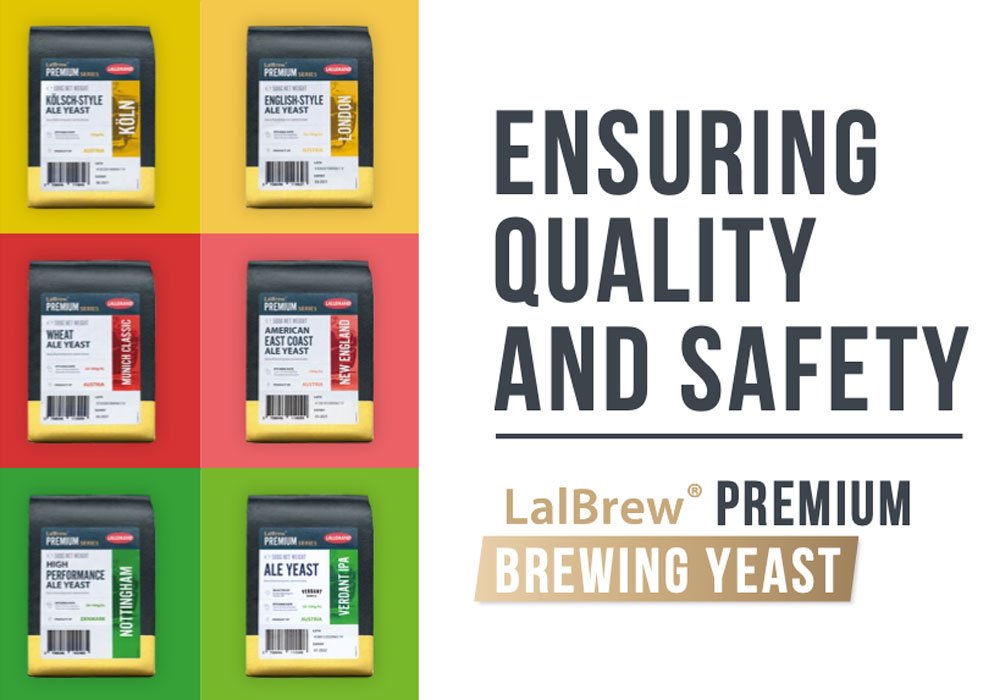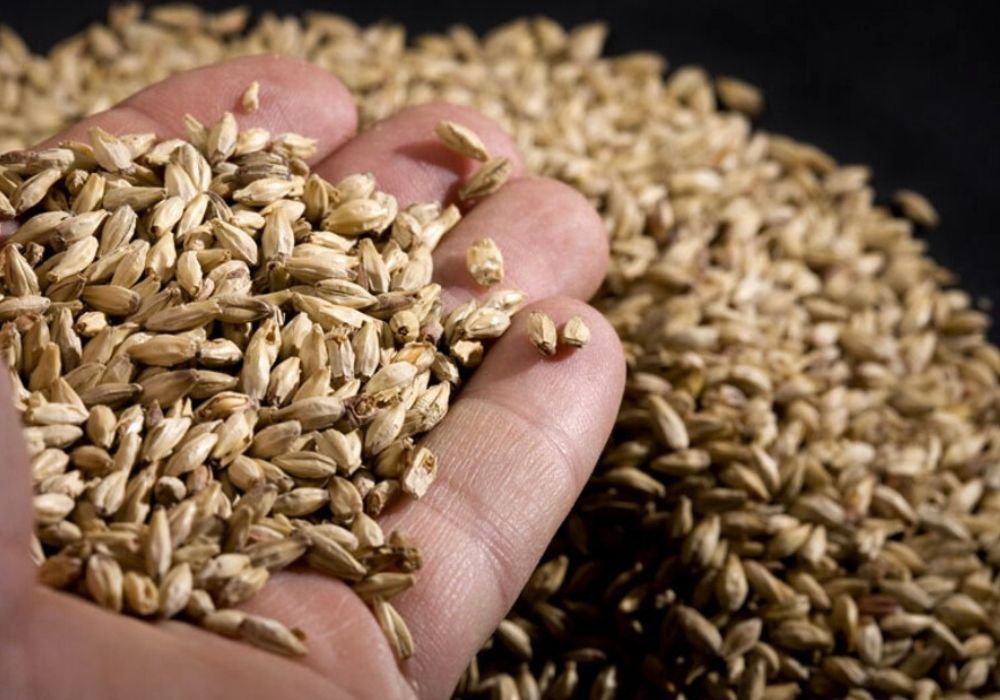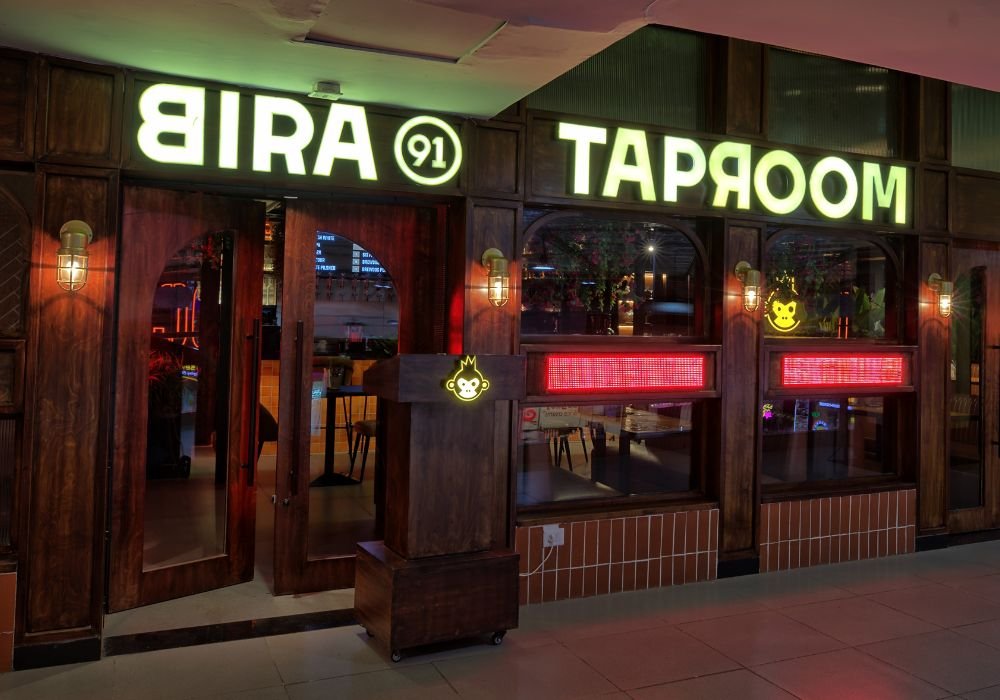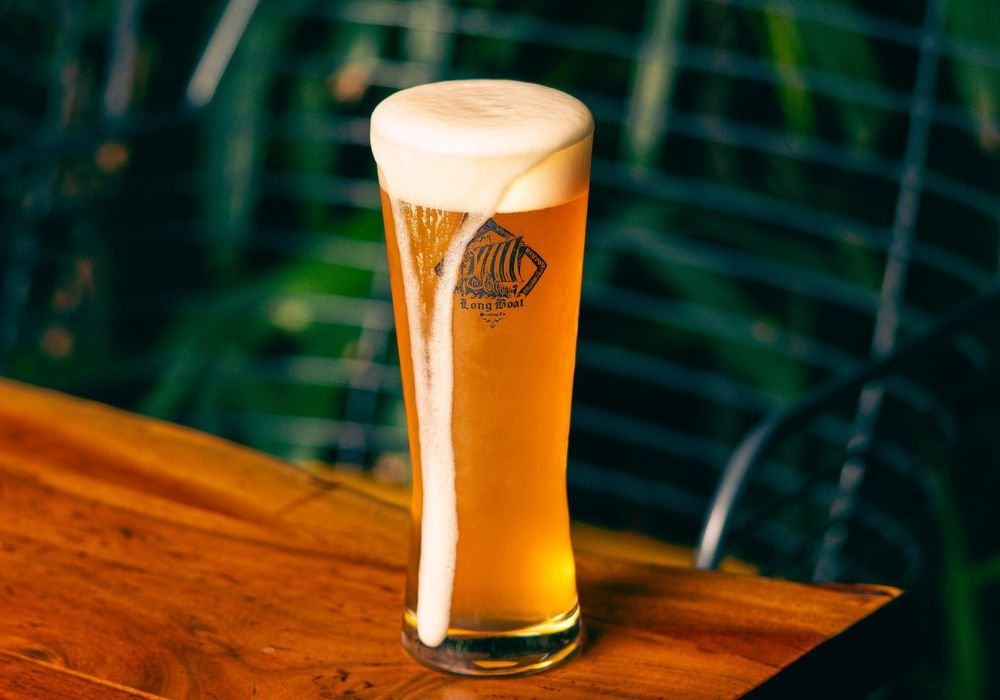What Does It Take To Produce Great Quality Dried Brewing Yeast? Lallemand Gives Us The Low-down

Beer is one of the world’s oldest and most fascinating beverages, not to mention one of the most delicious. When drinking beer, it can be hard to imagine that everything you are tasting comes primarily from just four ingredients: hops, water, malt, and yeast. Together, these ingredients sing a joyously sudsy harmony, but what makes beer taste like beer?
Around 950 different flavour compounds give beer its unique flavour and aroma, and yeast produces 400 of these compounds. This makes yeast the heart and soul of beer. Today’s brewer has access to many strains of yeast available in different forms. What separates dried yeast from the rest? The production process and the quality steps are taken during and after dried yeast is produced, creating a superior and lasting product that brewers can count on.
The Production of Dried Yeast
Saccharomyces cerevisiae, or brewer’s yeast as it is more commonly known, is the wonderful microorganism that converts sugars to ethanol and carbon dioxide. The two most common forms commercially available are liquid and dried. Dried yeast is unique in the way it is produced (Figure 1). This can be an extremely stressful process for the yeast cells, and it is this stress that makes them very resilient when it comes time to ferment wort.

The production process starts with propagation of yeast cells that have been stored on slants. Slants originate from stock kept at -80°C and -196°C in liquid nitrogen as back up to preserve genetic stability. After this initial propagation is completed, enough cells will be present for fermentation. This is where the process can become a little tricky because a yeast producer’s goal is to produce more cells rather than alcohol (ethanol). The yeast is encouraged to produce biomass over ethanol using molasses, forced sterile air, vitamins, and minerals.
This is done to keep the yeast cells in a respiratory state with the forced air and a very low amount of sugar (0.1g/L). If you reverse this — taking away an oxygen source and increasing the level of sugar— the yeast will produce ethanol. This is more like a traditional beer fermentation. As the yeast multiply, they also create and store valuable nutrients like sterols, which will be beneficial for the brewer during fermentation. Once the desired level of biomass is reached, it is separated by centrifuge and filtered to achieve the highest possible level of yeast cells.
Now the yeast cells can be dried and packaged. During the drying process, water is removed from the cells, and they are captured in a state of high viability and vitality with some crucial molecules like sterols and trehalose locked in the cell wall. After packaging, the yeast will undergo several quality checks to ensure that it meets the highest Lallemand quality standards and all strains in the Lallemand portfolio have a two-year minimum shelf life from the time the batch was produced.

As a yeast producer, one of the largest challenges in production is using the highest quality sterile raw materials. The aim is to ensure the yeast culture will remain pure throughout the entire process. Choosing Lallemand Premium brewing yeast ensures you will be using a 100% pure culture each time.
24 Quality Tests & Checks For Superior Quality Yeast
Dried yeast is known for having high stability and a long shelf life. At Lallemand, those traits allow for 24 quality tests and checks before any batch is released. These tests are done at two important stages of the production process, before and after the yeast is packaged in its final pack size of 500g and 11g.
Before this final packaging, the yeast is stored in bulk packs of 20 kilograms. The batch undergoes a strain identity DNA test using Polymerase Chain Reaction (PCR) to confirm that the DNA profile of the strain is correct, and the yeast produced is free of mutations. Plating on culture media allows the measure of viable cells per gram, which cannot be done with a methylene stain due to the nature of the dried yeast cell wall.
Non-Saccharomyces wild yeast detection is done on a lysine-rich media, lysine being a nitrogen source. Most non-Saccharomyces wild yeast will use it to grow, and Saccharomyces will not be able to. The presence of diastatic yeast is done through PCR to detect the STA-1 gene. Diastatic yeast activity detection is done in Durham tubes to measure glucoamylase enzyme activity. Fermentation kinetics such as lag phase and total fermentation time are performed with small-scale fermentation in 2-liter EBC tubes with a standard wort. EBC tubes are also used to measure the attenuation limit. Figure 2 shows several of these small-scale fermentations in progress.

Each batch is tested for bacteria using Universal Beer Agar (UBA) and Lin’s Multi Differential Media (LMDA) incubated in both aerobic and anaerobic conditions. Coliform and Escherichia coli growth is detected on select media. The vitality of the batch is checked by determining how long it takes five grams of yeast to consume five grams of sugar. The colour of the finished dried yeast can vary due to the strain and production method. Even though these variations are not a measure of quality in the finished product, the colour is looked at and noted.
Protein and phosphate levels within the cells are measured to ensure proper yeast activity and shelf life. Phosphate is important for yeast cells as it is necessary for cell division and acts as a regulator of the metabolic process. The dry weight of the batch is taken to be 93% to 96% in solids and batches being higher dried weight are associated with a longer shelf life. Sensory analysis is done with beer from the small-scale fermentation done in EBC tubes. This beer is tasted by a sensory trained panel for any off-flavours. For bacteria and yeast strains that produce lactic acid, a lactic acid analysis is done with high-performance liquid chromatography (HPLC) to measure the amount of lactic acid production. HPLC is also used in bottle conditioning tests to confirm the strains’ ability to consume sugar and produce carbon dioxide.
After the yeast is packaged into either the 500g or 11g sizes, another round of quality control is done. Viability, fermentation kinetics, attenuation limit, non-Saccharomyces wild yeast detection, STA1 PCR, diastatic activity detection, and sensory analysis are all performed again. This second round allows Lallemand to guarantee nothing has changed about the strain during the re-packaging process. The vacuum seal will be checked to ensure it remains intact at the end of the process. Lastly, a retention sample is saved from every batch produced and stored at both refrigerated and room temperatures — allowing Lallemand to go back and test each batch should the need arise.
Each batch is tested for bacteria using Universal Beer Agar (UBA) and Lin’s Multi Differential Media (LMDA) incubated in both aerobic and anaerobic conditions. Coliform and Escherichia coli growth is detected on select media. The vitality of the batch is checked by determining how long it takes five grams of yeast to consume five grams of sugar. The colour of the finished dried yeast can vary due to the strain and production method. Even though these variations are not a measure of quality in the finished product, the colour is looked at and noted.
Protein and phosphate levels within the cells are measured to ensure proper yeast activity and shelf life. Phosphate is important for yeast cells as it is necessary for cell division and acts as a regulator of the metabolic process. The dry weight of the batch is taken to be 93% to 96% in solids and batches being higher dried weight are associated with a longer shelf life. Sensory analysis is done with beer from the small-scale fermentation done in EBC tubes. This beer is tasted by a sensory trained panel for any off-flavours. For bacteria and yeast strains that produce lactic acid, a lactic acid analysis is done with high-performance liquid chromatography (HPLC) to measure the amount of lactic acid production. HPLC is also used in bottle conditioning tests to confirm the strains’ ability to consume sugar and produce carbon dioxide.
After the yeast is packaged into either the 500g or 11g sizes, another round of quality control is done. Viability, fermentation kinetics, attenuation limit, non-Saccharomyces wild yeast detection, STA1 PCR, diastatic activity detection, and sensory analysis are all performed again. This second round allows Lallemand to guarantee nothing has changed about the strain during the re-packaging process. The vacuum seal will be checked to ensure it remains intact at the end of the process. Lastly, a retention sample is saved from every batch produced and stored at both refrigerated and room temperatures — allowing Lallemand to go back and test each batch should the need arise.
Research And Development For High-Quality Dried Yeast
Now that we have talked about the quality tests that go into each batch of Lallemand dried yeast, let’s look at a crucial step that comes before we produce yeast: research and development. This is an incredibly important part of the process. In the R&D process, researchers look at the genetics of different strains to find new and unique types of yeast. Recently, Lallemand has begun to explore hybrid types of yeast. These hybrids are crossing existing strains and allow researchers to combine positive traits coming from different yeasts. Ultimately, resulting in positive effects in fermentation.

Think along the lines of low sulfur production, low diacetyl forming lager strains, low alcohol yeasts: these are a few examples that allow the brewer easier fermentations with impressive results. Working with Usciences in Philadelphia, PA, USA has led to the creation of a product called Wildbrew Philly Sour™. This is a unique strain of Lachancea that produces both ethanol and lactic acid during fermentation. By using Wildbrew Philly Sour™ brewers can produce interesting sour beers with a unique flavour and aroma through a fermentation period of 10-12 days.

Besides this, two years ago, Lallemand Brewing launched a product called Sourvisiae® (only available in the USA), which was created in partnership with Mascoma Labs, NH, USA. This strain is bio-engineered to produce both ethanol and lactic acid during fermentation. This allows brewers to produce sour beer without using bacteria or wild yeast. Those looking to produce a kettle-soured style of beer can use Sourvisiae® and avoid holding up the kettle — speeding up the production cycle. This is a small look at the innovations coming from the R&D process at Lallemand. As the Lallemand Brewing team continues to create new, unique, and interesting strains of dried yeast, be assured that every batch is of the highest possible quality.
Article authors:

Eric Dixon – Technical Sales Manager, MidWest and South USA at Lallemand Brewing

Sylvie Van Zandycke – Director of Sales and Marketing at Lallemand Brewing



